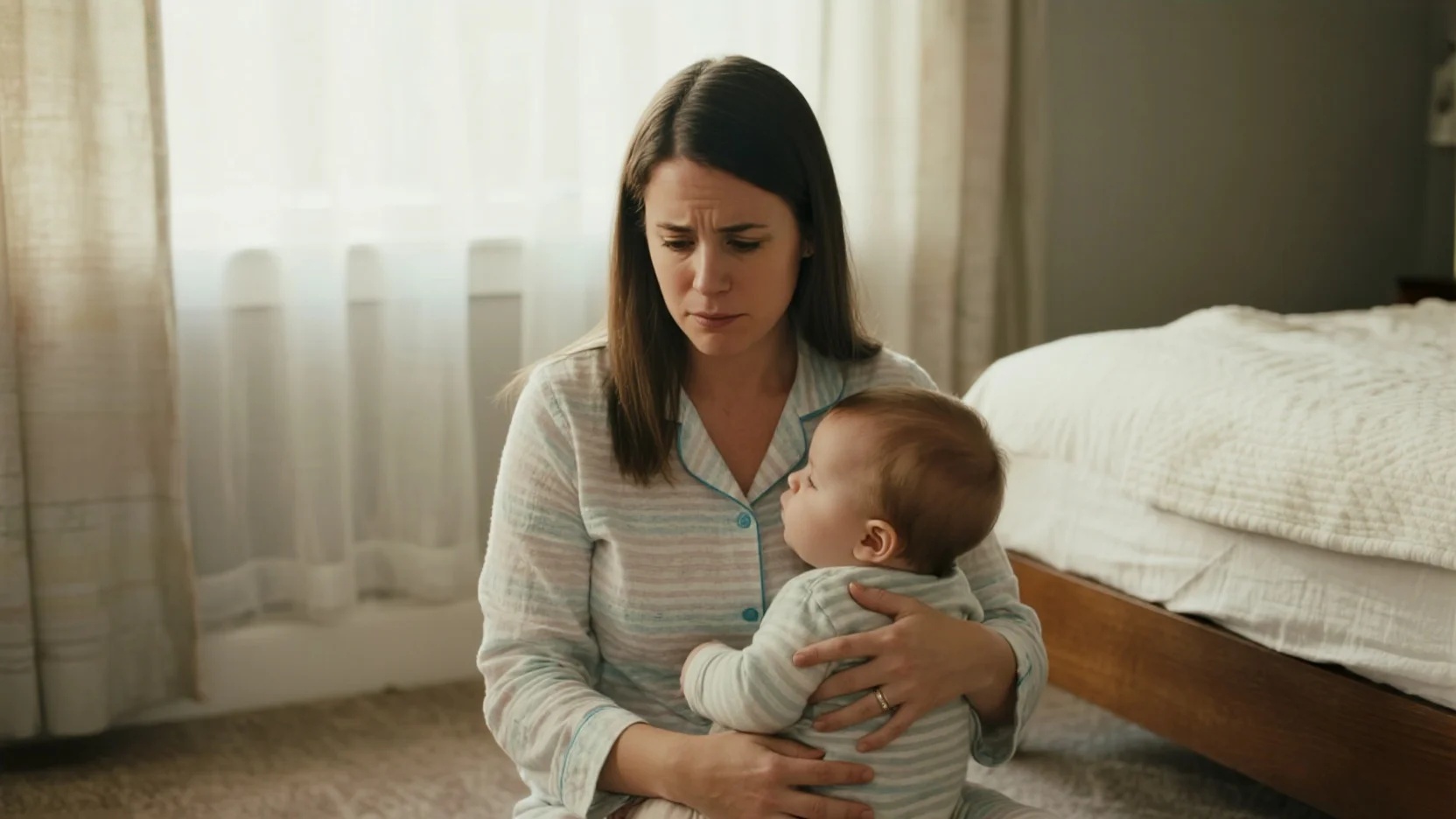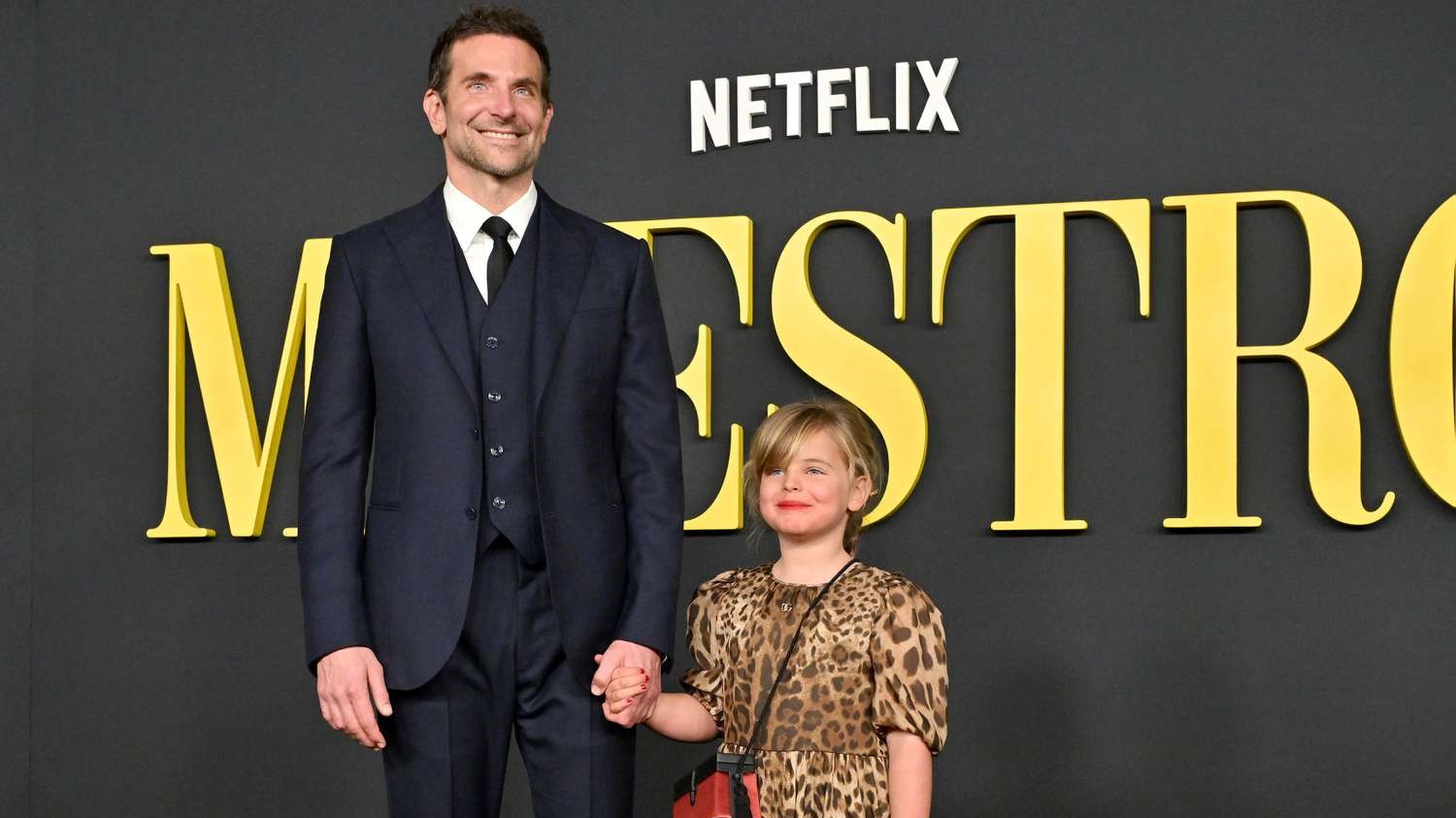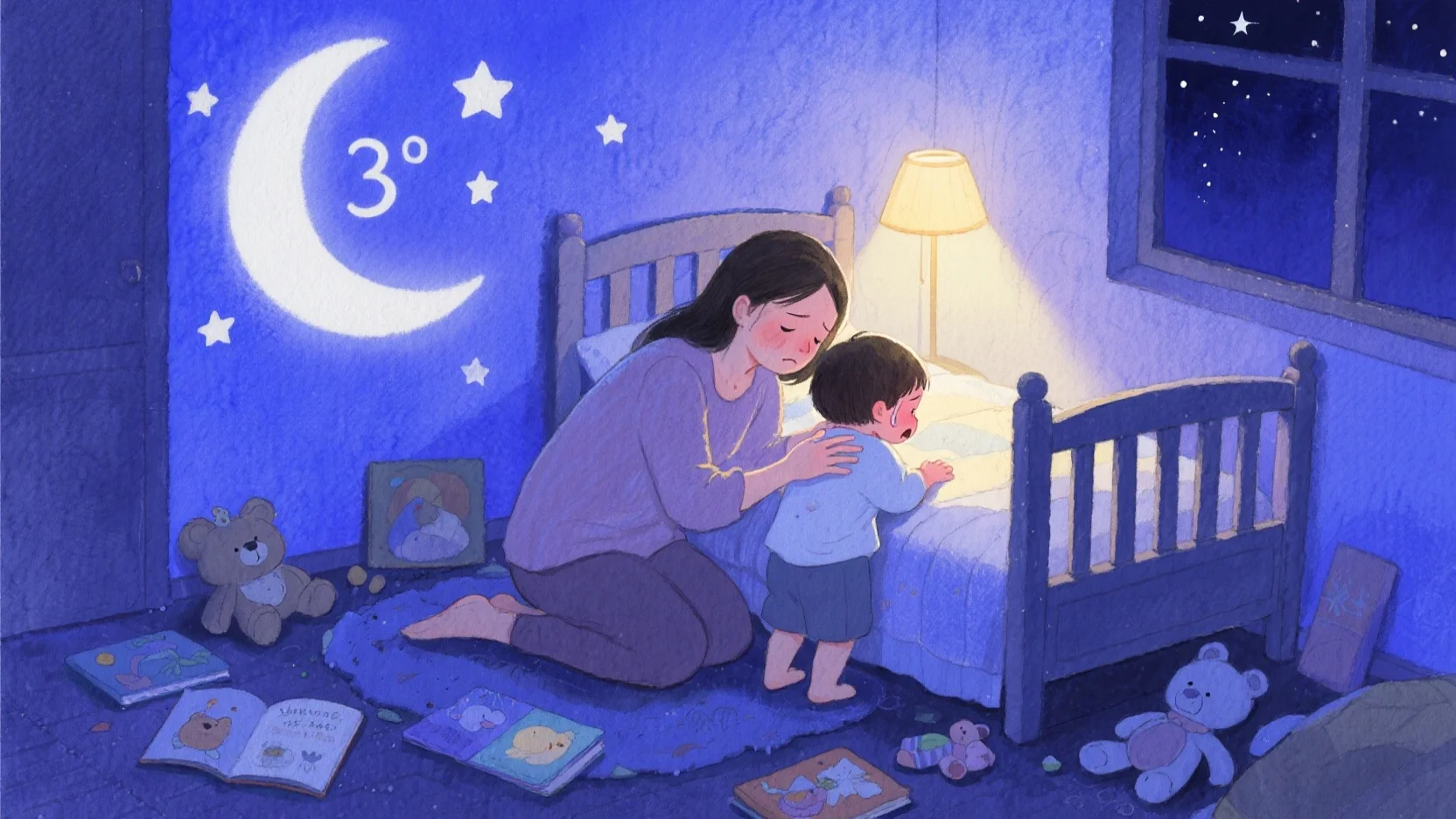It’s completely normal—and actually a sign of secure, healthy development. Here’s why babies cling to parents, especially at certain ages, and why this is exactly what they should do.
1. Attachment Is Instinctive—and Protective 🤱
Infants are born with behaviors designed to keep them close to their caregiver. Crying, clinging, eye contact, and following you around are part of a built-in survival strategy—attachment behavior—that builds trust and emotional safety.
According to Attachment Theory (Bowlby & Ainsworth), these behaviors lead to a secure bond, which allows babies to confidently explore the world, knowing there’s a reassuring ”safe base” to return to.
2. Separation Anxiety Is Normal—and Developmentally Appropriate
Starting around 6–9 months, babies develop object permanence—understanding that people exist even when out of sight. This realization can trigger anxiety when the caregiver leaves the room.
This phase also brings stranger danger—babies may cry or cling when a new person holds them, even if they’re usually fine elsewhere.
💬 “It means she’s starting to understand that you and she are separate people… It’s a sign of how safe and connected she feels with you.” — Parent on Reddit
3. Being “Clingy” Isn’t Spoiling—It’s a Healthy Sign
Known as the “Velcro baby” stage, this clinginess shows your child trusts you deeply. With consistent responses, toddlers form a solid emotional foundation.
Rather than promoting dependence, this closeness facilitates the development of self-confidence and social-emotional competence.
4. How to Gently Foster More Independence
| Strategy | Why It Works |
|---|---|
| Brief, predictable separations (e.g., stepping out for 30 sec) | Teaches trust that you’ll return—helping anxiety fade gradually. |
| Use transitional objects (e.g., a soft toy or T-shirt with your scent) | Provides comfort when you’re not in sight. |
| Create consistent routines around departures (“I’m going to the kitchen—back soon!”) | Heightens predictability and reduces panic. |
| Encourage play near you as you go about tasks (e.g., in a playpen) | Builds independence without removing your presence. |
| Maintain calm & patient closeness | A responsive tone reinforces that you’ve got their back. |
5. Your Baby Is Exactly Where They Should Be
Feeling scared when you leave isn’t harmful—it’s proof of a bond rather than a problem.
Most babies outgrow intense separation anxiety by 2–3 years—secure attachment early on helps them become confident learners and friends later, with fewer emotional difficulties.
🧡 Bottom Line
Your baby’s attachment shows she knows she can rely on you—a strong foundation for lifelong emotional security. By responding with sensitivity, teaching predictable patterns, and gradually encouraging small bits of independence, you’re helping her grow into a confident individual who feels safe to explore.








